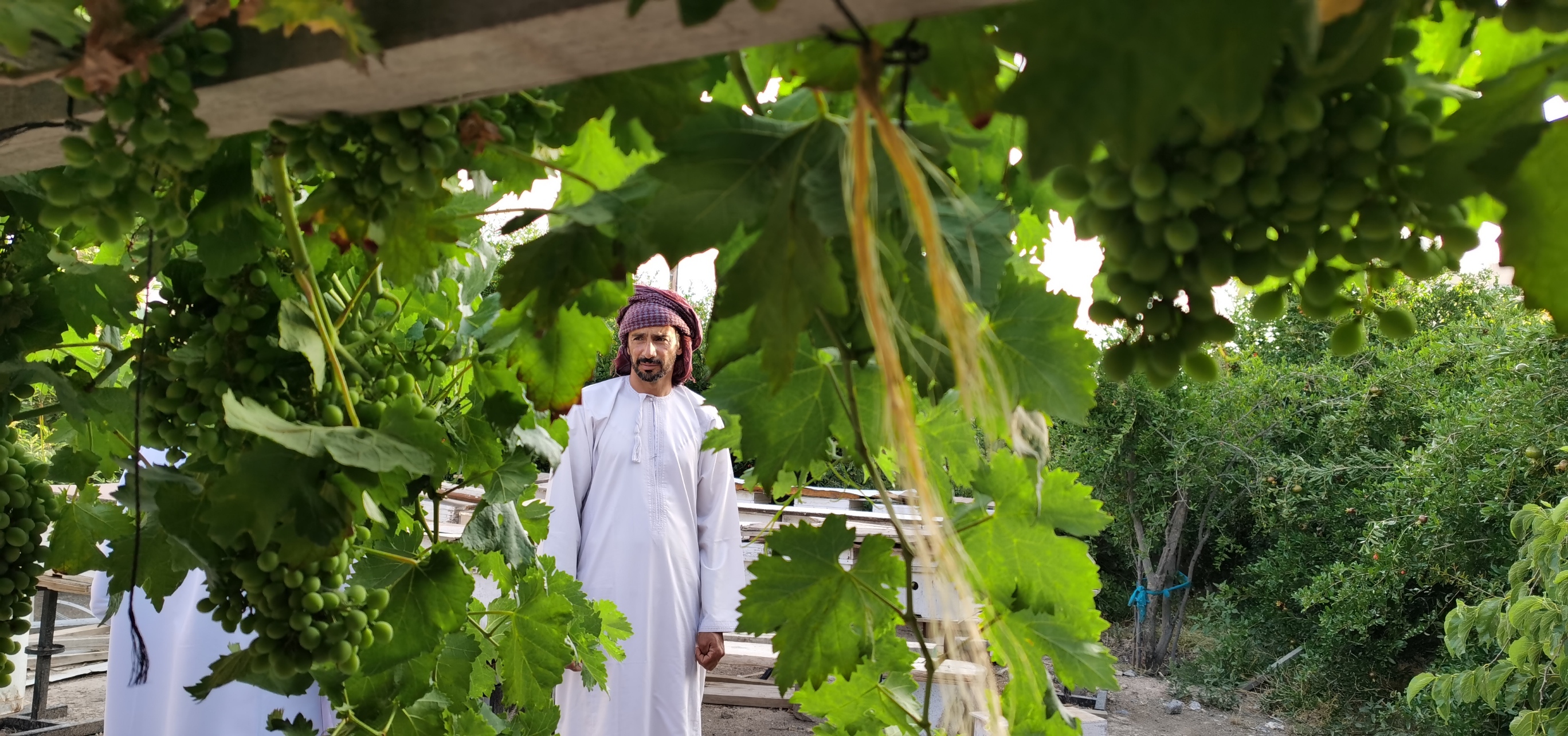

One of the key features that make the Sultanate of Oman stand out is definitely the local dependence on agriculture for which vast mountainous terrains are converted into lush and fecund land, highly fertile enough to house varied seeds.
Dates being the largest crop which is highlighted with the State-run initiative of 1 Million Date Palm Tree, a large variety of vegetables and fruits and other crops comprise Oman’s local consumption as well as exports. The Food and Agriculture Organisation (FAO) has identified that the total amount of agricultural land present in Oman is about 1.4 million hectares which are 1.46percent of the total land area.
A traditional practice found in northern Oman, as well as southern region, both urban and rural areas, with people of all ages actively engaged in the process, a range of tomatoes, eggplant, dates, bananas, limes, and carrots, are the best outputs while wheat too is cultivated in some parts.





A profession bequeathed from generations to generations, farming is, of late not been attended to or given the importance that it deserved leading to paving the way to become a choice not for the generations to come in the technology era.
However, technology can be a tool in nurturing farming in the country, attract more youths to this time-tested and natural cultivation contributing to an agronomical and healthy society.
“The integration of tech factors can directly correlate with productivity in the agricultural sector,” says Sanjay Borkar, Co-Founder, FarmERP, which has joined hands with various agri-entities and has taken up a multitude of projects in the Middle-East.
“Cross-industry technologies like drones collecting data and performing tasks, data analytics for precision agriculture, IoT allowing correlations of structured and unstructured data hence providing insights into food production will give agriculture in Oman a great mileage.”
The Artificial Intelligence (AI) and machine learning for concrete data-driven farming, blockchain to secure the value chain, and nanotechnology with nanoparticles being delivered to plants and advanced biosensors for precision farming in both pre-production as well as post-production phases are likely to help Oman take the traditional farming to a different level altogether, according to him.
“Using different techniques in the pre-production phase to gain a different result; like sustainable packaging through bioplastics, algae feedstock as a substitute for fish-meals, hydroponics as a method of growing plants without the use of soil, and desert agriculture and seawater farming by enhancing plant stress tolerance in extreme conditions.”
Also, usage of new and improved technologies to increase efficiency in the food chain; like vertical farming to provide high quality produce sustainably, 3D printing by using hydrocolloids to replace base ingredients of food using renewables, and genetic modification (CRISPR Technology) and cultured meats to provide higher yields with less environmental harm are some of the areas
Oman farming can look into for a better yield and mark its strong presence in the GDP.
Oman Observer is now on the WhatsApp channel. Click here



